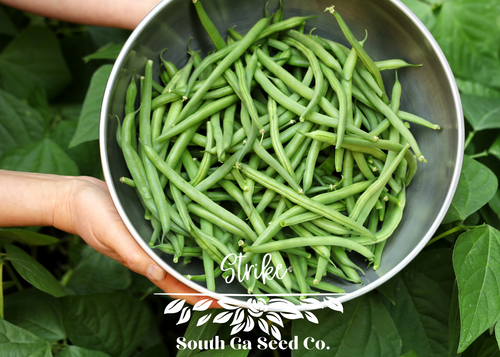Kentucky Wonder 125 bush beans are a popular variety of Phaseolus vulgaris, known for their exceptional flavor, versatility, and ease of growth. These beans are a bush type and are prized among home gardeners and farmers alike for their high yield and robust nature, making them an excellent choice for both novice and experienced growers.
One of the most notable features of Kentucky Wonder 125 bush beans is their rich, hearty flavor, which remains consistent whether the beans are cooked fresh, canned, or frozen. The beans themselves are green, long, and slightly flattened with distinctively curved ends. They are best harvested when they reach about 6-8 inches in length, which is typically about 58-63 days after planting. This relatively short growing period ensures that gardeners can enjoy multiple harvests throughout the growing season.
Growing Kentucky Wonder 125 bush beans is straightforward. They thrive in well-drained soil with plenty of organic matter and require full sun to produce the best yields. Regular watering is essential, especially during dry spells, to keep the plants healthy and productive. Beans should be planted after the danger of frost has passed and the soil has warmed to at least 60°F. With minimal care, these resilient plants can provide a bountiful and delicious harvest, making them a staple in many vegetable gardens across the country.
- QTY: 50
- Seed Planting Depth: 1.5"
- Germination Temperature: 75
- Days to Germination: 7-10
- Row Spacing: 36"
- Plant Spacing: 6"
- 100' Row Yield: 24 lb
- Sun: Full
- Harvest time: 57 days
How to Save Seeds
Beans seldom cross pollinate with one another since they are considered to be self pollinators. However that isn't to say it won't occur. So as a precaution it is recommended to grow to different colors of beans near one another if you are limited on space and then observe the seeds when ready. The seed will show signs of crossing if you grew to different colors. If you are concerned about crossing separate by 150ft as a rule. Harvest when completely dried; cure them for a week or so by allowing them to further dry out in their pods spread out from one another, then shell and discard trash.







